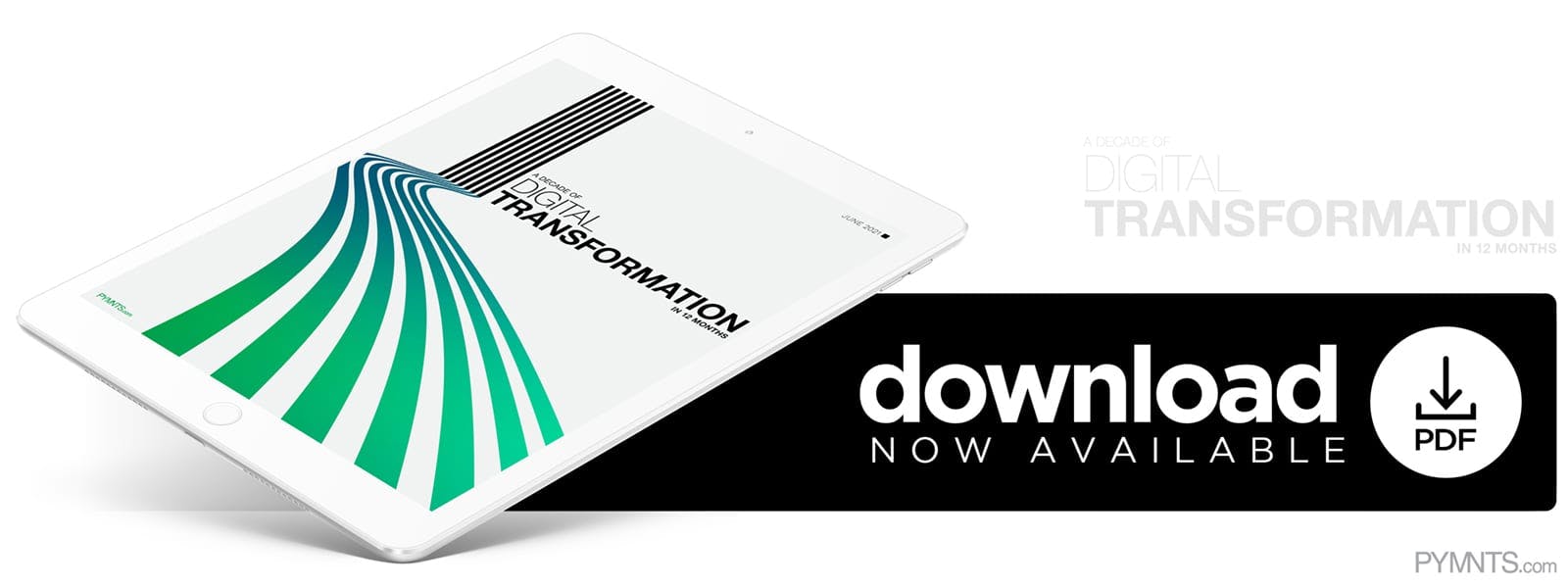Vindicia in the News
46 C-Suite executives on the irreversible rise of digital transformation
Jun 30, 2021 | By PYMNTS.com
“Gradually, then suddenly.” So goes Ernest Hemingway’s famous line from “The Sun Also Rises,” in which the main character responds to an inquiry as to how it was that he had gone bankrupt.
It’s a better-than-average answer to get if you were in a bar, to be sure, but also not a bad explanation of the digital acceleration we have experienced over the past 15 months. For a decade, things went along gradually, pushed by technological innovations and clever business models built on top of them. And then in 2020, pushed by a pandemic, the pace gradually flipped to suddenly, as the entire economy was all at once under pressure to find ways to tap into all kinds of digital tools and remake every element of how we live, work, shop, entertain and educate ourselves to become consumers via digital channels.
In fact, it’s almost a perfect encapsulation for the recent history of digitization, but it’s lacking a word: irreversibly.
Because that is also the consensus of the panel of nearly three dozen CEOs, C-suite executives, and senior corporate leaders PYMNTS spoke with for its Q2 eBook on what the world will look like as recovery rolls on and the next iteration of normal rolls out.
The changes we have seen came on slowly, gradually, then suddenly – and have now become completely irreversible.
The next normal, the executives agreed, will be shaped by the lasting, deep-impact trends of the pandemic era that aren’t going away – not now and probably not ever. The changes made under pandemic pressure will stick around long after the last face mask has been removed.
But they won’t stay the same, the experts agreed; they will continue to evolve for the better.
The era of deeper digital transformation
If the past 15 months have been about making it possible for merchants and consumers to connect to the digital ecosystem, what’s next will be about making those connections smoother and accessible across all channels. Optimizing an emerging omnichannel economy will mean building it to be more seamless, more secure, more accessible, and more navigable — in short, evolving it to its next level.
The rapid drive for digital capability will give rise to the construction of cross-channel capacity as consumers’ shopping journeys become wider and spread across more channels, both digital and physical.
Choice – and the ability to offer it to consumers, in how they shop, where they shop and how they pay – will only become more crucial as things like buy now, pay later (BNPL) platforms, marketplaces, and social commerce venues continue to rise in prominence in the post-pandemic economy.
The pace of payments will be faster, as real-time offerings are becoming more common across various stretches of the economy amid rising demand as the word gets out.
In short, the economy, as a whole, is in a state of transition. While all the leaders we spoke to agreed that from here, it is not yet possible to chart the entire course of the journey, it is possible to know that what comes next will look quite a bit different from what came before it.
Different – and hopefully quite a bit better, as the emerging digital economy is so far shaping up to be faster, smarter, smoother, safer, and more accessible to more merchants and consumers than anything we’ve seen before
